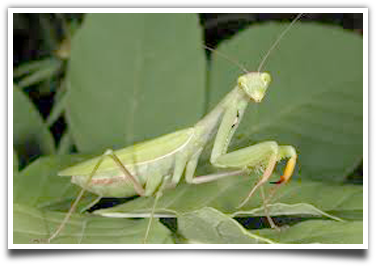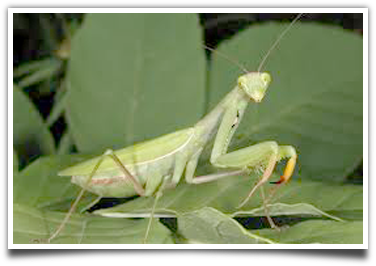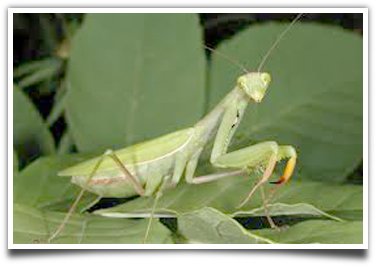Purchasing a Praying Mantis
When considering buying a praying mantis, decide first on what type of this insect you want to take care of. There are several distinct kinds available, but only a few of them are legal in the United States.
If you are searching for a green-colored praying mantis, it is a good idea to purchase a European mantis. After making a decision, you need to find a seller or a breeder. You may try to visit a private breeder, a garden store, a home shop, an online praying mantis company or a farm supply store. It is always important to make sure that the company sells only praying mantis that are approved by the United States Department of Agriculture (USDA).
Do not throw away your receipt. Acquire a guarantee or warranty for the mantis. In addition, you should maintain the instructions of the breeders on how the insect is properly taken care of. If you are buying a praying mantis that will go through shipping, make sure that you have the arrival date and other shipping information. Set up a suitable habitat far before your purchased praying mantis arrives. Locate a proper location in your house to build that habitat. The cage should be kept from direct sunlight. Alternatively, it is best to get room temperature for the insect. Add sticks or branches to the cage. Buy food for the praying mantis.
Praying Mantis Facts about their Eggs Just like most other insect species, the praying mantises also reproduce through hatching eggs. Many farmers and gardeners take note of praying mantis facts about their eggs especially if they plan on using these mantises as a natural form of pest control. When praying mantises release eggs, the eggs are enclosed in a case and farmers call this a mantis egg case. Egg cases of praying mantises can be sold to other farmers and gardeners. When the praying mantis lays More... Spotting a Praying Mantis When considering spotting a praying mantis, look for an insect out there that looks like a branch. The praying mantis typically measures three-four inches in length. The most prominent physical features of this type of insect are its front legs and bulging eyes. When hunting, a praying mantis tucks its foreleg claws under and appears as if it is praying. Purchase an insect identification field guide that has color images. Many different praying mantis species exist, thus it is useful More... Hatching a Praying Mantis In order to start hatching a praying mantis, put the egg case into a terrarium, in case you are planning to keep them as pets. A terrarium can take the form of a fish bowl, a jam jar or any other container, as long as there is a small branch of plant left inside. Install mesh on the top to prevent the nymphs from getting away but allows for both air flow and food delivery. The egg case should be More... Catching a Praying Mantis The praying mantis is a master of both ambush and camouflage. This silent type of insect patiently waits for its next meal and usually blends in with surrounding leaves and/or flowers completely. The insect’s spiny and long frontlegs are generally strong and can instantly grasp prey and then hold on to it. Although a praying mantis can be easily caught, you must catch it cautiously. The legs of this insect have the tendency to poke and then cause a hand More... Feeding a Praying Mantis When learning how to feed your praying mantis, you should see to it that there is already a selected habitat for such feeding. You can do this inside the cage for the mantis, though you need to be sure that it is not a too large space with unreachable areas for the insect to capture and feed on its prey. Either purchase or catch a number of tiny live insects. For the most part, pet stores have a stock of More...
|




